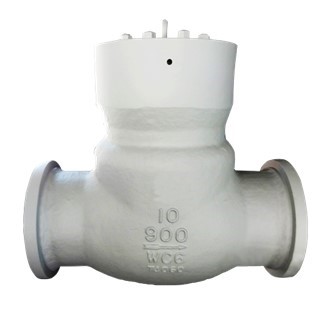Check valves for water applications require the same precautions you collect in any other valve selection. Like other media, water has its unique characteristic curve and should be suitable for the specific use of valves in these media. Of course, this is a simple thing, but there may be some less obvious reasons when selecting the perfect water check valve.

Water Supply Problems
Water Hammer: Water hammer occurs when the medium is forced to stop or suddenly changes direction. With water or other media trapped in the pipes, there are only two directions to pass through, and this situation is accompanied by vibrations and irritating noises from the pipes. The most common cause of water hammer is a pump that stops working without warning. Since the check valve is not reacting fast enough, the water flows back to the pump.
Backflow: If left unchecked, backflow of water or any medium can reverse the rotation of the pump and cause accidental damage. Likewise, if water flows in the wrong direction, for any length of time, it can seriously damage the entire system.
Valve chatter: Valve chatter occurs when the valve opens and closes frequently. Valve chatter can cause valve and piping damage and can lead to complete system failure.
Check for Water Problems
While check valves are extremely reliable and countless new models and designs are brought to the field every year, all of the problems they have to solve are these three problems listed above. Due to its simple construction, it is immune to external factors such as power failures, but is still affected by flow direction, check valve design features and imperfections.
Check valves are available in two basic designs. One uses discs (basically flaps) and one uses free-floating balls. They all have one orientation, which means their job is to keep water from backing up through the pipes. Both types have advantages and disadvantages, but perform the same job with considerable success. Ultimately, however, the success of a check valve depends on not acting too fast or too slow.
In the end, as with most valves, its sealing performance determines the success of a check valve. All of these factors should be considered when selecting a check valve.